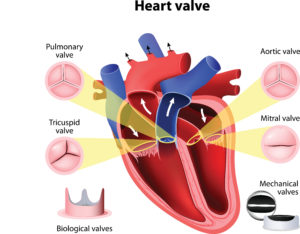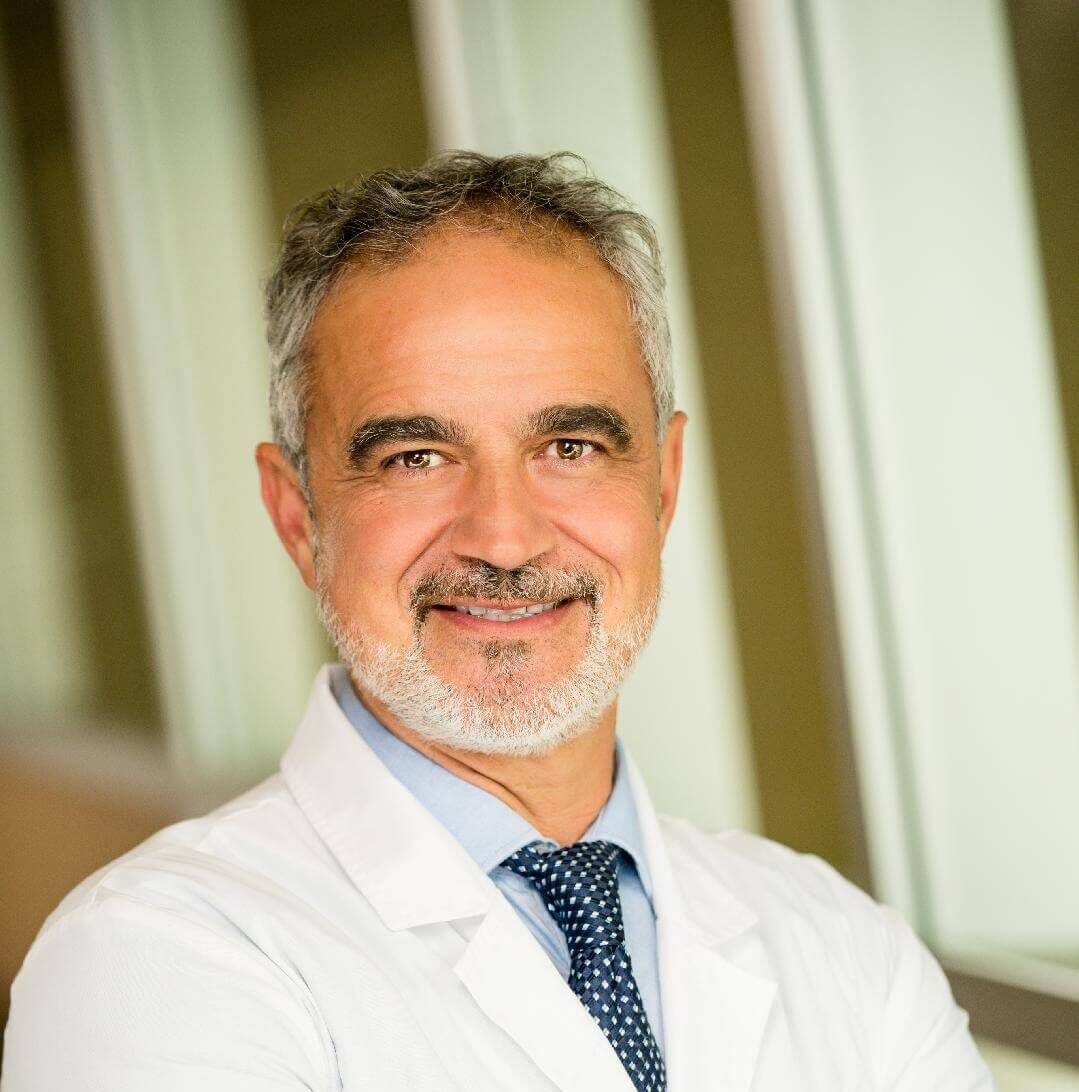The heart is the symbol of love, affection, and intimacy for many. However, not everyone knows much about the actual the heart’s structure. What is the difference between a valve and a chamber? What are the major arteries and veins? If you don’t know the answers to these questions, then this is blog is going to answer all of your questions about the heart’s structure.
Heart Chambers
The heart’s structure is divided into four main parts called chambers. These four chambers are divided into two groups:
- The Atriums are located within the upper part of the heart. There is one is on the right side, and the other is on the left side. Oxygenated blood is pumped through the left atrium into the body. Once the blood has deposited oxygen to other parts of the body, it is pumped into the right atrium of the heart, where it is recycled.
- The Ventricles are on the bottom of the heart and are often considered its main chambers, which collect blood from the left atrium and expel it toward the lungs.
Heart Valves
Blood flows through the heart’s structure in one direction from one chamber to the next through a series of valves. These valves consist of tissue that is about as thick as a piece of paper. Like the heart chambers, there are four heart valves between each of the chambers. The tricuspid valve is the right atrioventricular valve. The bicuspid or mitral valve is the left atrioventricular valve is. The pulmonary semilunar valve is between the right ventricle and the pulmonary trunk. The aortic semilunar valve is between the left ventricle and the aorta.
Atrioventricular valves close to prevent blood from flowing back into the atria when the ventricles contract. semilunar valves close to prevent blood from flowing back into the ventricles when the ventricles relax. 
Layers of the Heart Wall
The heart’s structure has a heart wall, which is comprised of three layers of tissue. The epicardium is the outer layer of the heart wall, the myocardium is the middle layer, and the endocardium is the inner layer.
Major Arteries and Veins
Arteries bring oxygenated blood from the heart to the rest of the body. Veins, on the other hand, return deoxygenated blood to the heart. There are many significant veins and arteries within the body. Several major arteries and veins include:
- The pulmonary artery transports blood with low levels of oxygen and high levels of carbon dioxide to the lungs. No other artery carries oxygen-poor blood
- The aorta is the largest artery which is connected to the heart’s left ventricle in a network of smaller arteries that run throughout the body
- The hepatic vein, which carries blood away from the liver
- The Carotid Artery supplies blood to the face, head, and brain
- The vena cava includes two central veins:
- The inferior vena carries blood from the lower body to the heart
- The superior vena cava carries blood from the head, arms, and upper body to the heart
Contact Us
Interested in learning more about the heart’s structure and taking care of yours. Contact Dr. Ciuffo today to schedule an appointment. At Minimally Invasive Heart Surgery we use advanced cardiac surgery techniques and continue to shape and revolutionize our specialty with effective ways to treat heart disease. Our minimally invasive techniques have helped our patients have a better heart surgery experience and postoperative recovery. We can’t wait to meet you.

